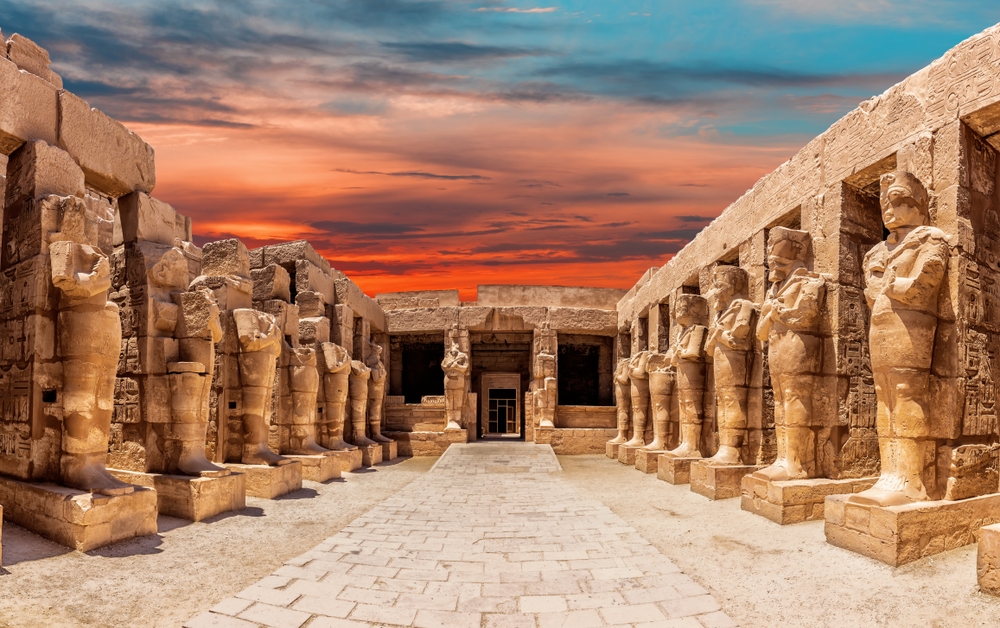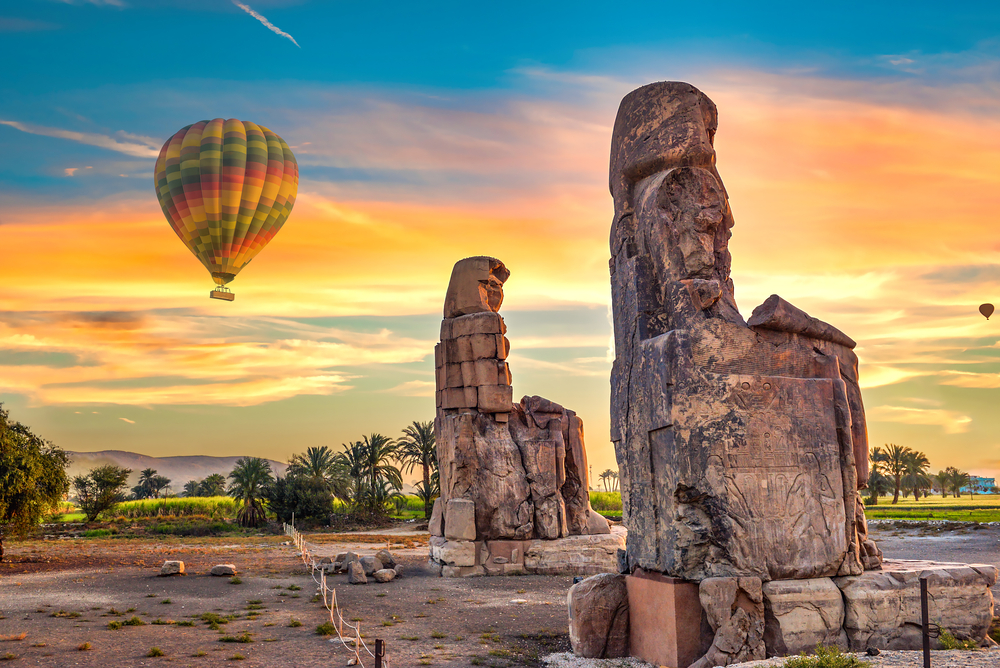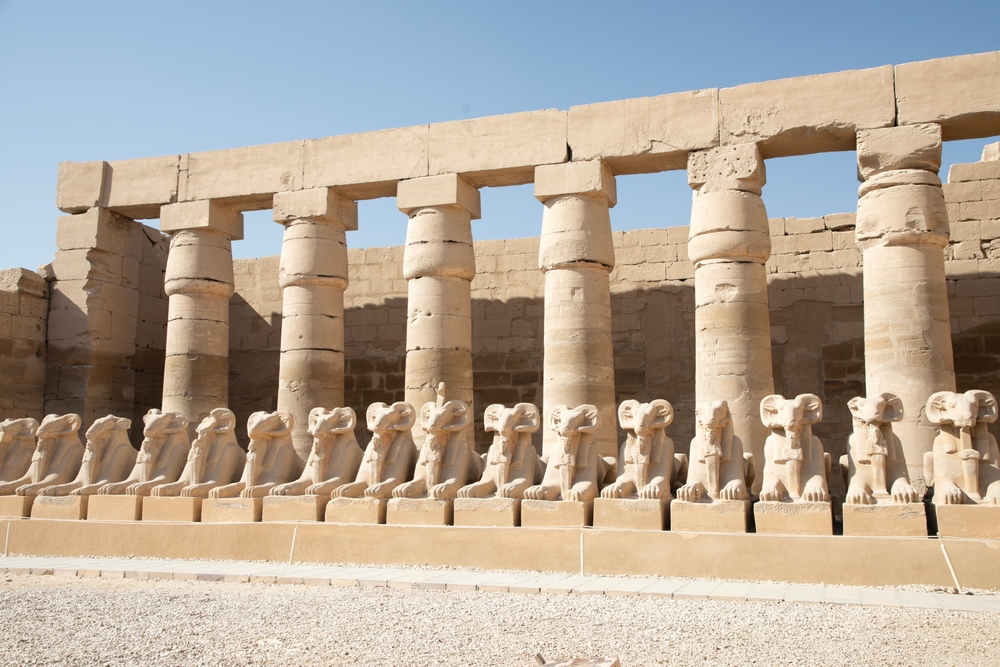There you will have the opportunity to visit 3 tombs there are more than 64 tombs found in the Valley of the Kings and still waiting for more discoveries, after that, the second tour in the West Bank will be to the temple of Queen Hatshepsut located beneath massive cliffs near the west bank of the Nile, the Mortuary Temple Hatshepsut, also known as Deir el Bahri, is dedicated to Amon-Ra, the sun god. Designed by an architect named Senemut, the temple is unique because it was designed like classical architecture. Note the lengthy, colonnaded terrace some of which is 97 ft high, pylons, courts, and hypostyle hall. Inside you’ll see the sun court, chapel, and sanctuary. Temple reliefs depict the tale of the divine birth of Queen Hatshepsut and trade expeditions to the Land of Punt (a reference to modern Somalia ) one of the rare reliefs in the Egyptian temples after that have some rest at the Alabaster factory to see the work of the grandsons of the ancient workers and you can get some as souvenirs after that move to the famous gigantic statues known as the Colossi of Memnon. Carved out of hard yellowish-brown sandstone quarried in the hills above Edfu, they represent Amenophis III seated on a cube-shaped throne, and once stood guard at the entrance to the king’s temple, of which only scanty traces are left. In Roman Imperial times they were taken for statues of Memnon, son of Eos and Tithonus, who was killed by Achilles during the Trojan War, stop for a photo then back to the East Bank and have your lunch (included) then continue your tour by visiting the great complex of Karnak, bold, massive and hugely ambitious, Luxor’s mammoth Temple of Karnak complex is one of Ancient Egypt’s grandest building projects. Every pharaoh (ancient King ) worth their salt added and amended the buildings here during their reign, stamping their seal on the kingdom’s most revered religious sanctuary.



